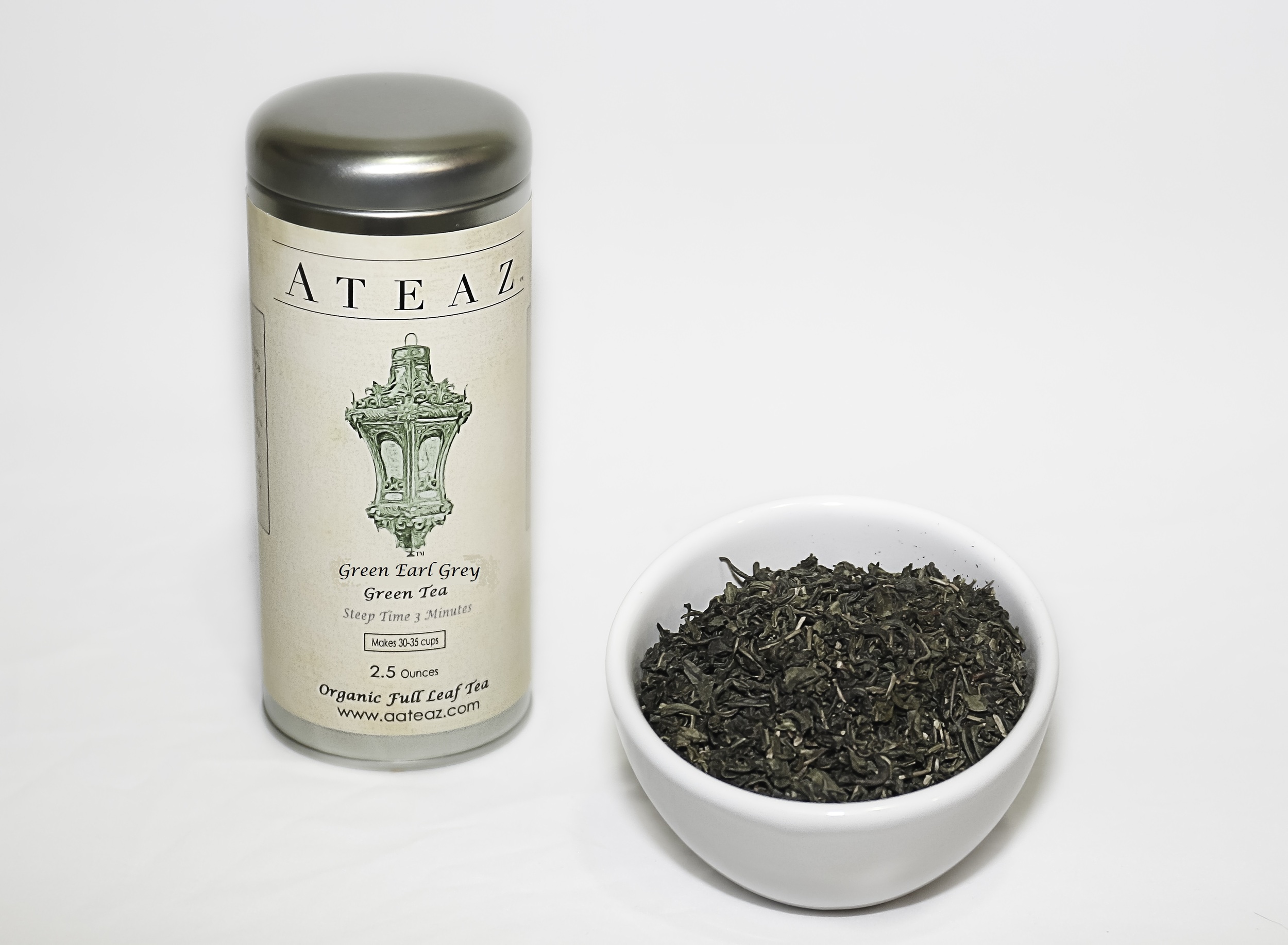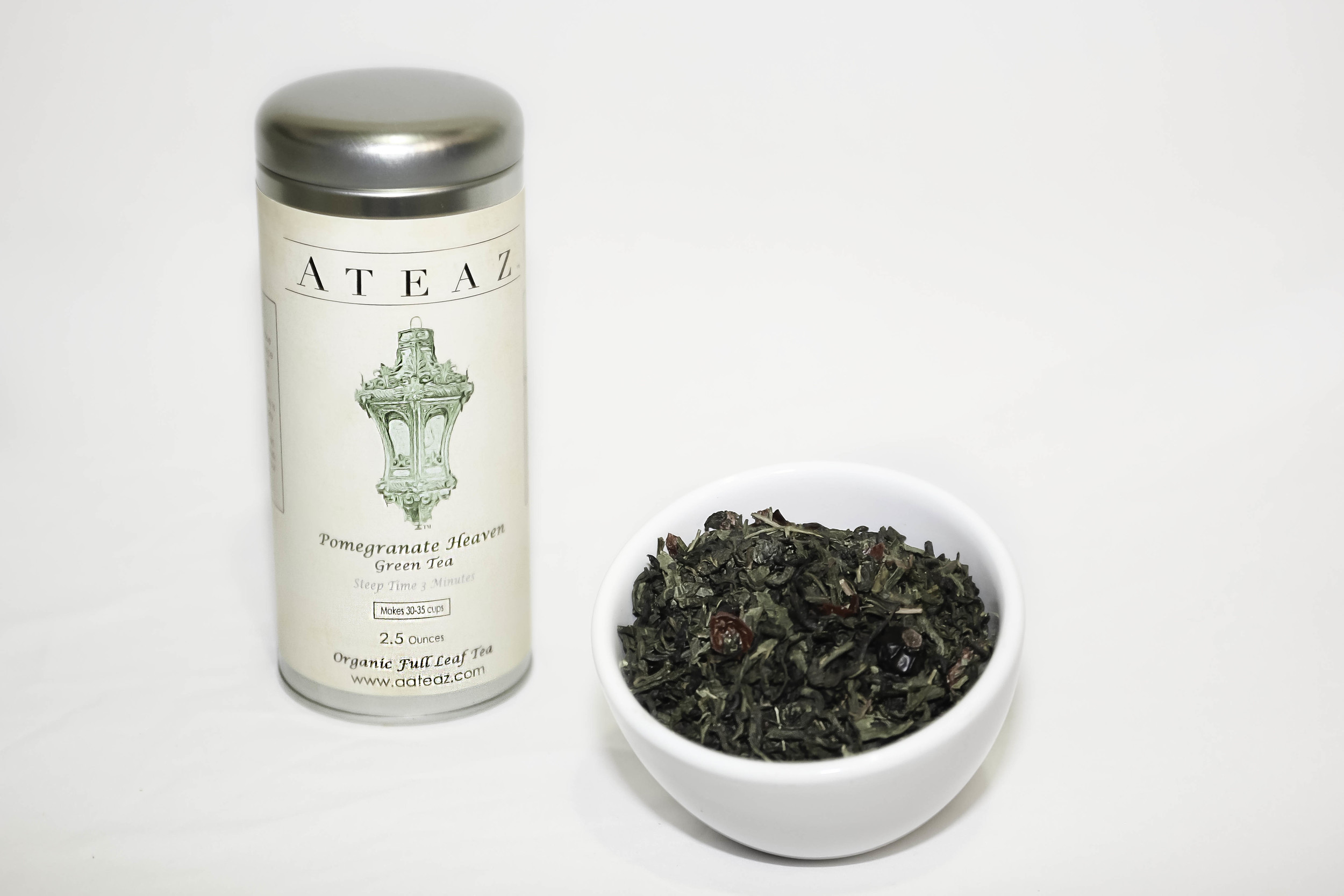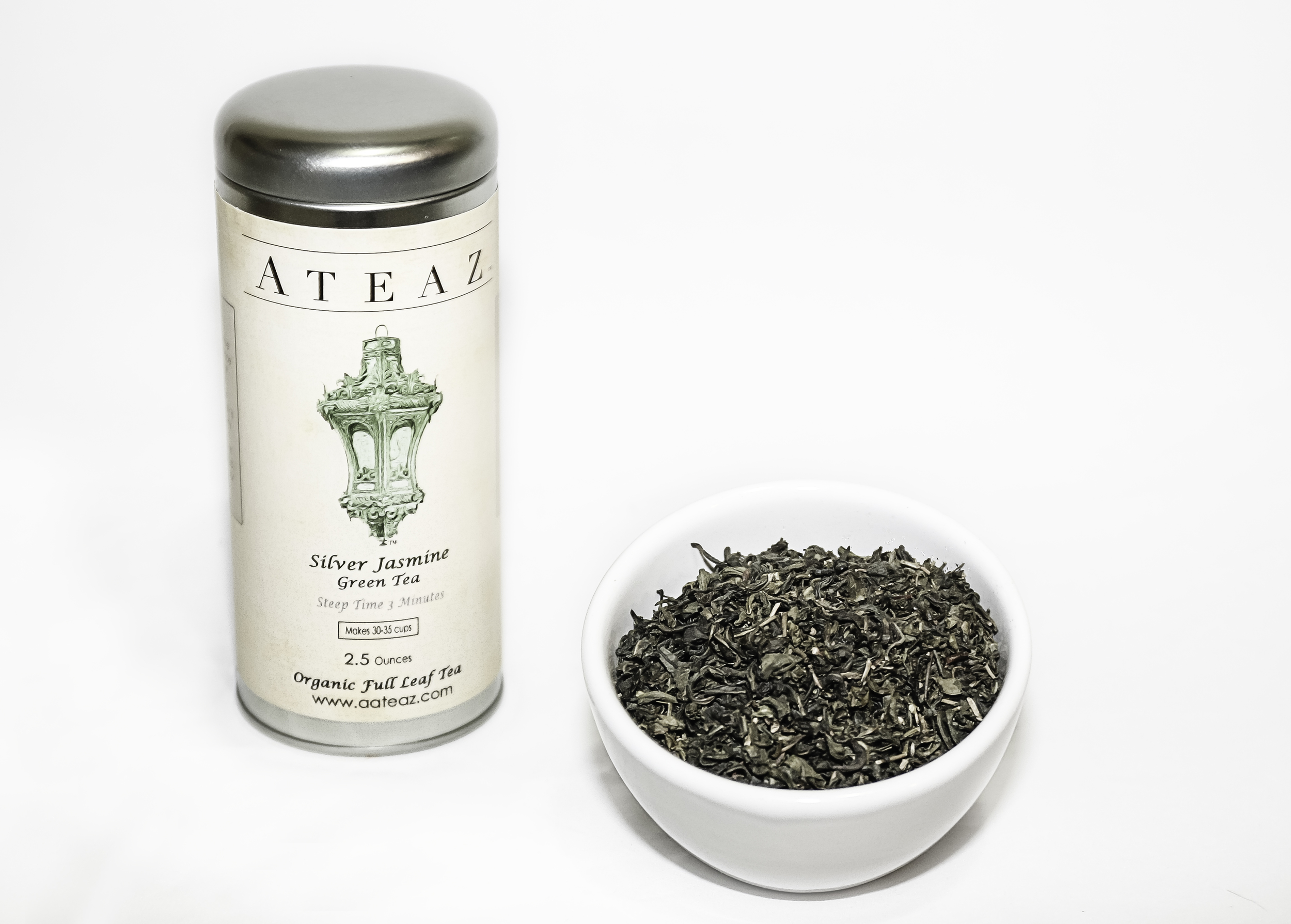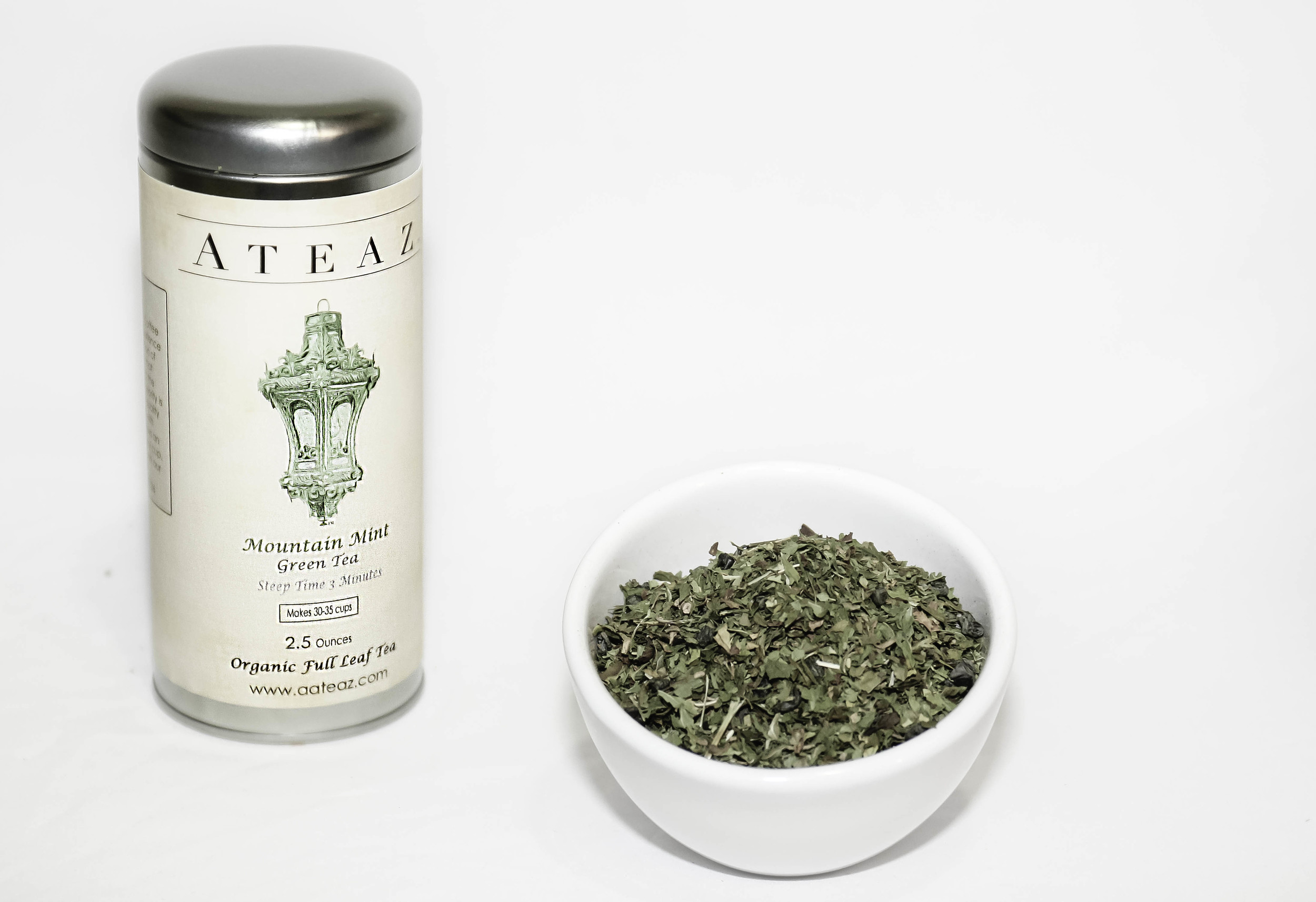Once upon a time it was assumed that black & green teas derived from different tree plants. We now understand that it's the occurrence of oxidation that changes the natural state of the leaves, transforming the pigment and flavor.
When the cells of a tea leaf are broken it responds to oxygen and in turn these enzymes set off the oxidation of the leaf. This kind of chemistry makes it possible to change freshly harvested leaves into any type of tea.
How one transforms a tea leaf is actually an important factor in the tea’s ultimate taste. Since oxidation will need to take place soon after harvesting, most plantations possess their own processing plant so they can process the leaves as soon as they arrive from the garden. Growers who are incapable of affording their own manufacturing facility join together and send their crops to a larger sized producer who's capable of processing the leaves.
Every family of tea comes from a unique technique of processing, which we will review in depth below. For instance a green tea is derived when the leaves are “fired" or steamed to disable the enzymes that produces oxidation. A gentle and monitored oxidation is allowed in the case of Wulongs. As opposed to it’s counterpart the black tea, where oxidation is fully induced by subjecting the leaves to humid conditions and room temperatures.
There are six key types or tea groups: white, green, yellow, oolong, black and Pu-erh.
Black Teas
Black Tea, the varieties we can easily procure in our grocer’s aisle undergo a rigorous oxidation process. More mature leaves are selected to produce black teas, with the exception of high quality variations.
White Teas
White teas are renowned for its fragrant characteristics and tend to be found in the Fujian Province of China. Superior white teas originate from prized harvests comprised completely of buds. White teas also go through the smallest amount of handling. The leaves are naturally dried or with the aid of high intensity fans to eliminate some of their moisture. The fluid they yield is fragile, incredibly refreshing and less likely to possess any level of caffeine.
Green Teas
Generously produced in China and Japan, with well over 1,500 varieties of its class. Green teas are the favored beverage of these regions. The fresh leaves are dried out to avoid any probability of oxidation, which enhances the "green," plant characteristics of the tea.
Yellow Teas
The scarce yellow teas endure minor post oxidation by steaming underneath a damp cloth, as the leaves are still warm from becoming dehydrated. This produces a slight oxidation, supplying the leaves and the liquid obtained from them a golden-tinged or yellow hue.
Wulong Teas
Wulong teas are regarded as the in between black and green tea and are processed according to a three-century-old custom, in which the leaves go through limited oxidation prior to being twisted or rolled. In English speaking nations Wulong is also referred to as oolong. The Chinese and Taiwanese produce two primary variety: teas that endure limited oxidation and whose somewhat fairly sweet floral scents resemble those of green tea, and those that undergo higher degrees of oxidation, and in turn gives them a woody,fruity and sometimes caramelized notes almost reminiscent of the black tea. Wulong translates to black dragon and refers to the black snakes that coiled about the tree limbs of the tea trees; Hopefully this known fact doesn’t deter you from trying this aromatic tea.
Pu Er Style Teas
Pu er ( also Pu-erh) teas, originate from the Yunnan Province , which is located in the South of China. The teas are gathered from ancient trees growing wild and have been used for hundreds of years for medicinal purposes. Pu er teas maturing process takes many years to complete and for that reason these teas are somewhat rare and quite pricey.




